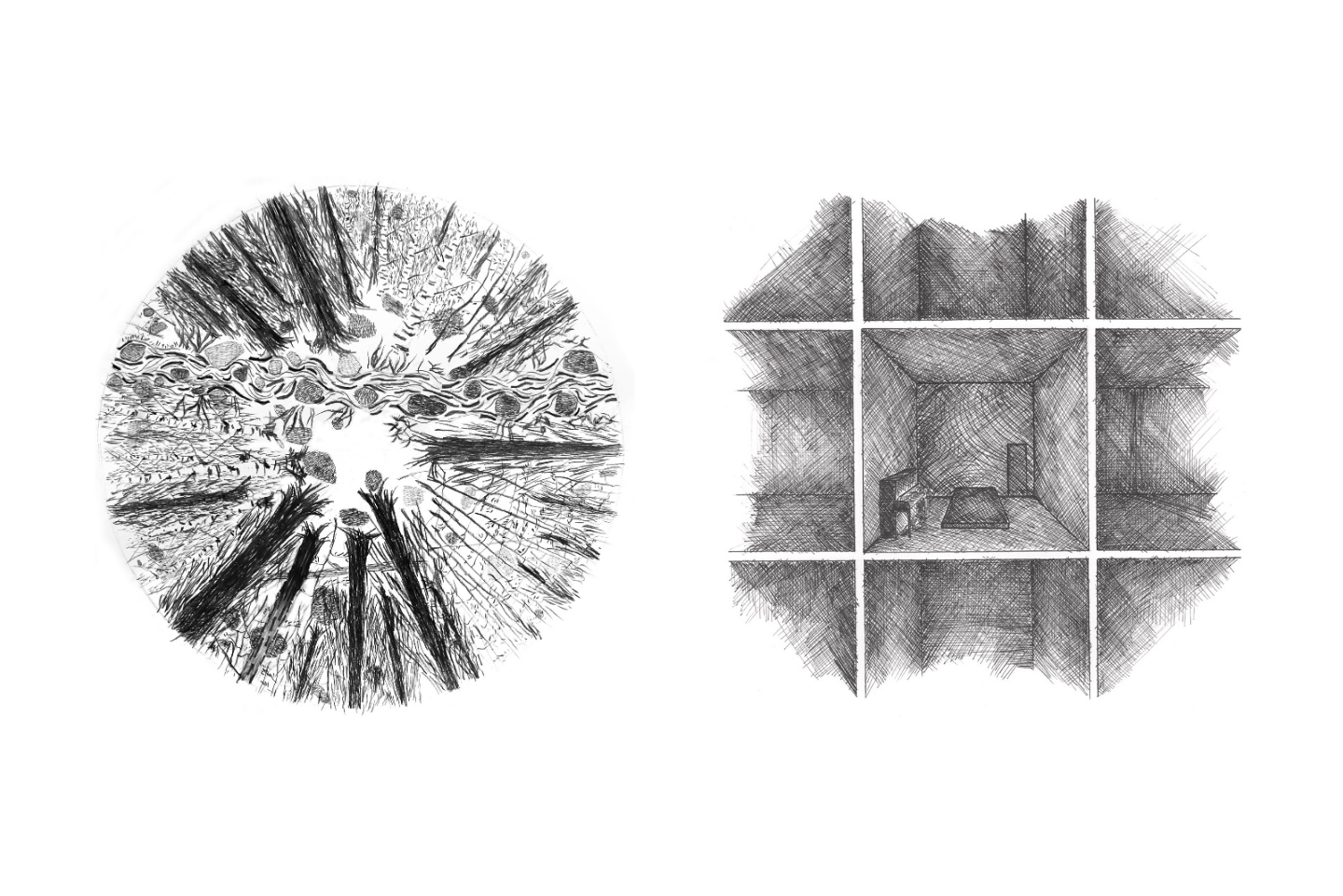Helsinki Polytopes project

Text: Tuomas Toivonen
The works in Helsinki Polytopes series are collaborations between composers and architects, site-specific musical spatial pieces that reconsider the disposition of sound, space, audience and place.
Though the pieces differ in form and content, and take place in very different environments around the city, they all conceive sound and space as a composed and designed entity. As part of their work, each team has also developped their own form of notations, a specific visual language to mark and arrange the music, duration, structures, spaces and experience of the piece. Collected material of these notations is published as part of the project.
The name polytope refers to the groundbreaking multimedia works by Greek-French composer Iannis Xenakis in the 1960s and 1970s. Polytope literally means “many-place”, and Xenakis – who was also an architect and a mathematician – envisioned the live performances as compositions sound, architecture, light, effects and movements of people.
The Helsinki Polytopes began in early 2020 as a joint project between Korvat Auki ry, an association of young composers, architecture education platform New Academy and Musica nova and its artistic director André de Ridder. During the preparation of the pieces, the global pandemic has completely transformed and paralysed the field of performing arts and music. The development of new, safe formats for compositions, audience experience and performance became one of the central themes for these works.
Helsinki Polytopes pose essential and urgent questions about the shifting relationship between audience, space, place and music, and the social form of performance and listening. We welcome you to explore the world of Helsinki Polytopes.
The writer is a tutor of the Helsinki Polytopes project, an architect and co-founder of the New Academy architecture education platform.
Two out of the four Helsinki Polytopes works will be part of the Musica nova programme. Two other works are realised in August 2021. Read more about the works displayed during Musica nova: Room 227 and MACHINA EX NATURAE >>
